The
NM History Museum Stagecoach Presentation
Howdy, I am Ken, I am a guide at the New Mexico History Museum in Santa Fe. I am going to tell you
the story about the stagecoach we have in the museum.
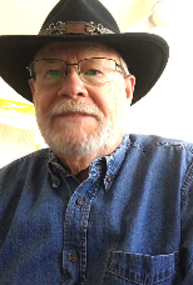
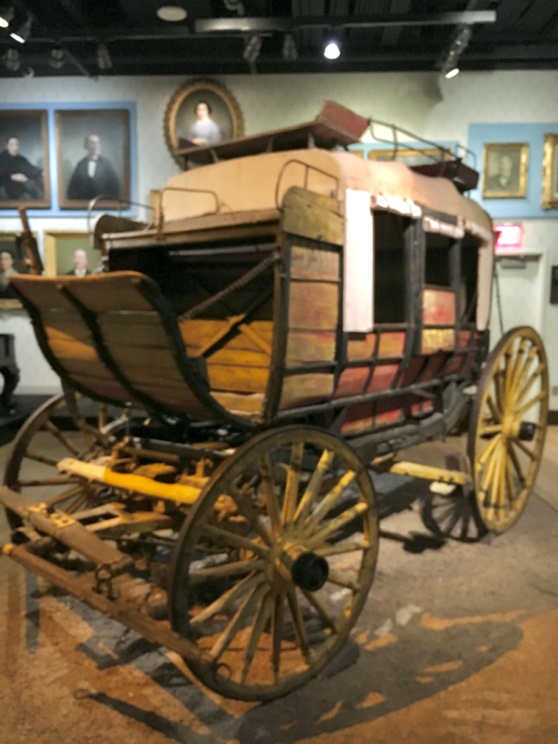
What
do you think of when you see a real stagecoach?
Stages
being chased by Indians?
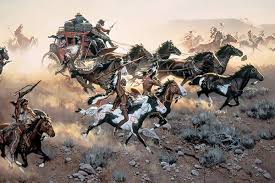
Or being
robbed by bandits?
Think about
what events might have happened to this stagecoach when it was in service!
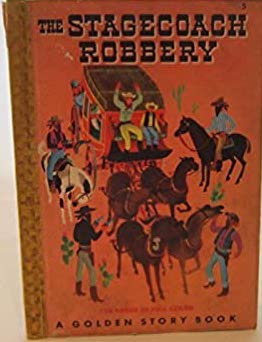 |
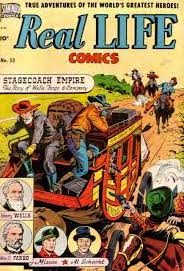 |
The
stagecoach in the New Mexico History Museum is a Celerity wagon or “mud wagon”.
It can hold up to 9 passengers with the mail and baggage– 3 passengers facing
backwards, 3 facing forward and 3 in the center seats sitting knee to knee. Pretty
tight fit when everyone was in it!
There
is a bench at the front top to hold two men- a driver and a guard. The roof is
made of canvas as well as the curtains which can be rolled up or down. Some of
the baggage was kept inside the carriage and some in the rear storage area. This
particular coach came from Colorado.

A
little history about New Mexico Before 1821
Between
1598 and 1821 New Mexico was Spanish.
Then
in 1821 New Mexico changed hands from being Spanish to becoming part of the
Republic of Mexico. With the change came new ideas about trade with the outside
world.
The
Spanish would arrest anyone who came into their territory and seize their
goods. The Mexicans decided that to trade with people from the United States
would be a good idea, since the traders from the U.S. could provide them with goods
that they could not produce themselves.
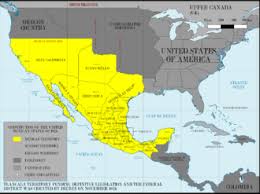
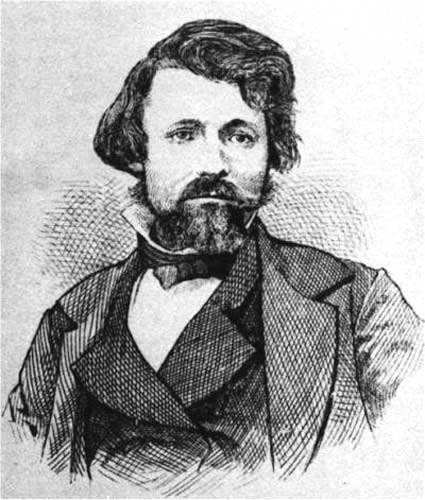
In
the Summer of 1821- First American to enter NM for trade was William Becknell.
He and several other traders set out with pack horses from Franklin, Missouri to trade with Comanches. They
found out about the new Mexican rule. They came over Raton Pass through Kearny
Gap, which is outside of present-day Las Vegas, NM. where he met a Mexican contingent who welcomed him to come to Santa Fe for trade.
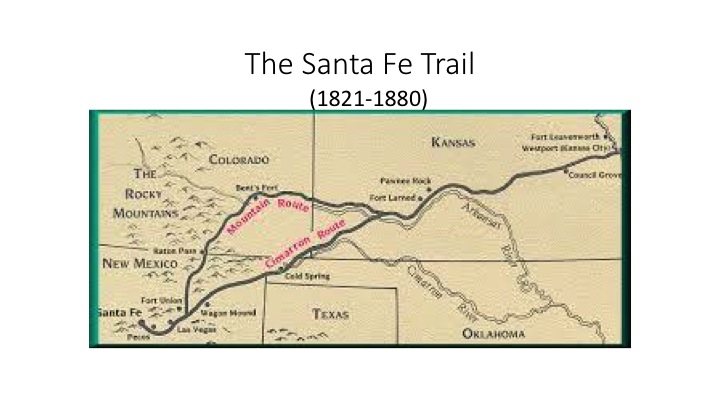
On his
second trip he came with wagons on the "Cimarron Cutoff" by-passing Raton Pass
which also became part of the Santa Fe Trail.
One thing to
remember is that the Santa Fe trail was mainly a commercial route, whereas the famous
Oregon Trail was an emigrant route by which settlers moved west.
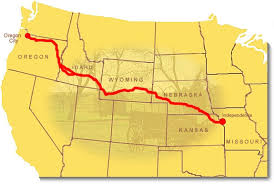
Reliance on wagon
trains for transportation of letters between Missouri and New Mexico took about
two to three months depending upon the weather and the time of year to go the
800 miles to Santa Fe.
Carrying mail from the Eastern part of the United States to the West was
the major function of the government. It became
important as more and more Americans were moving West.
New Mexico’s
early influence in carrying the U.S. mail began in 1848 when Kit Carson, whose
home was in Taos, New Mexico carried the first U.S. mail from the Pacific coast
to Washington, D.C. However, he didn’t come through New Mexico!
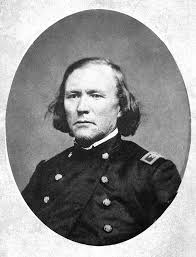 |
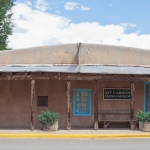 |
Kit Carson |
Kit Carson's house in Taos, NM |
Later in 1850,
the first regular 4-year government contract to carrying mail from
Independence, MO to Santa Fe over the Santa Fe Trail used the Cimarron Cutoff.

The mail was
carried in new, water-tight, beautifully painted stages pulled by a team of six
mules. Dr. David Waldo, a Missouri merchant was the winner of the first
contract.
Dearborn wagons
and Jersey wagons or “mud wagons” which both had canvas tops and elliptical
springs were probably the first ones used. These are opposed to the heavier all
wooden Concord coaches with leather springs.

This first
contract stated the trip was to take 29 days. The ride was not very
comfortable. There were usually stops every ten to fifteen miles. They made
“night camps” The first trip back from Santa Fe to Independence, MO took 7
weeks and 3 days.

The fare was $100
in the summer and $120 in winter for the complete trip
In 1853 the United States bought the Gadsden Purchase from Mexico for $10M allowing a snow-free route from the rest of the United States to California.
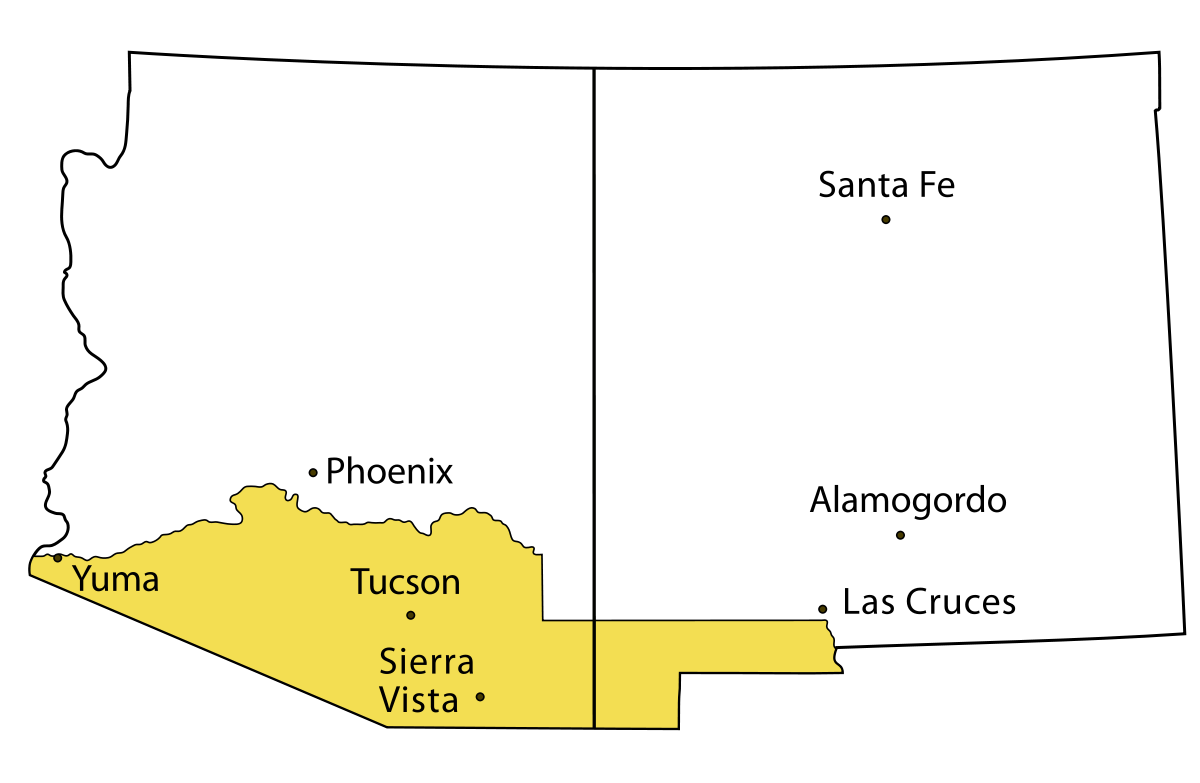
In 1857, the idea for the first Overland Mail Route was proposed
by John Warren Butterfield and his associates one of whom was William Fargo, to
connect St. Louis, Missouri with San Francisco, California.
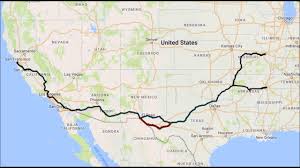 |
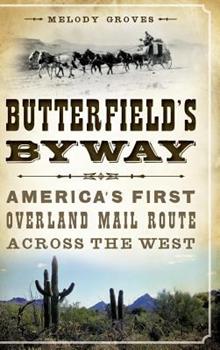 |
They agreed to a six-year contract at $600,000 per year to
complete a semiweekly mail service between the two cities. The first stage carrying the mail for the East
left San Francisco on September 15, 1858 and the westbound mail left St. Louis
on the next day.
The East mail would be taken 160 miles from St. Louis to Tipton,
Missouri by train then loaded on a stage for the rest of the trip. The goal was
to traverse the distance of 2,795 miles in less than 25 days.
Before that time passengers heading for California had to
leave the East Coast across the Gulf of Mexico to Panama, where they took
burros across the Isthmus to the Pacific Ocean. From there they would take a steamer up
the coast to California or go around Cape Horn on a steamer. The discovery of gold in
California at Sutters Mill was the beginning the 1848 Gold
Rush that brought many gold seekers out west.
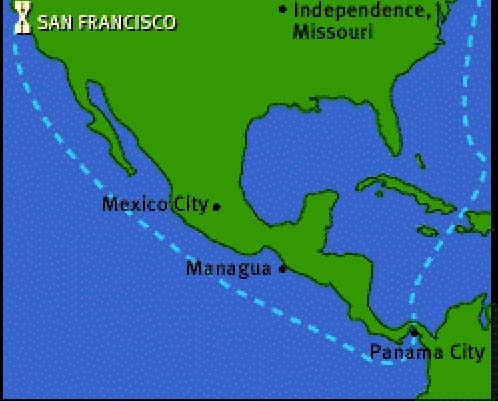
A mail service to the Pacific coast was established on March 3,
1847 with ships that could be converted to war use. The route went up and down
both coasts, over the Isthmus of Panama by oxen and then boats. This service
took between three and four months.
Many of the
stagecoaches used on the Butterfield Overland Mail Route that went through most
of the West were like the one in the museum. They were of the “mud wagon” type.
They were usually pulled by teams of 6 mules or horses. Mules were stronger and
horses were faster.
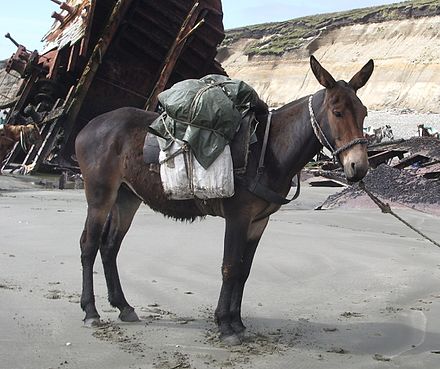
The
coaches covered about 120 miles in a 24hr. period - travelling both day and
night. Teams would travel between 3 and 9 miles per hour depending upon the
terrain.

There
were stations 15 to 20 miles apart (either "swing stations" where the
teams were changed usually lasting about 10 minutes and "home
stations" where meals and lodging were provided to passengers. The home
stations had corrals, outbuildings maintenance/repair shops and crews'
quarters; meals consisted of bread, green tea, coffee, eggs, biscuits, fried
steaks of bacon, venison, antelope or mule flesh costing between $.75 and $1)
Each
passenger could take up to 40lbs. of luggage without being charged extra. The
original fare was $200 either way (about $5,714 today).
There
were nine divisions between 462 and 192 miles long each taking between 80 and
11 hours to travel. The overall travel time was 24 days, 18 hours and 26
minutes for a total of 2,795 miles. Each driver would travel from one end to
the other before going back along the same route.
There was
definite stage coach etiquette:
1. Abstinence
from liquor is requested, but if you must drink, share the bottle. To do
otherwise makes you appear selfish and unneighborly.
2. If ladies
are present, gentlemen are urged to forego smoking cigars and pipes as the odor of same is repugnant to the
Gentle Sex. Chewing tobacco is permitted but spit WITH the wind, not against
it.
3. Gentlemen must refrain from the use of rough language in the presence of
ladies and children.
4. Buffalo robes are provided for your comfort during cold weather. Hogging
robes will not be tolerated and the offender will be
made to ride with the driver.
5. Don’t snore loudly while sleeping or use your fellow passenger’s shoulder
for a pillow; he or she may not understand and
friction may result.
6. Firearms may be kept on your person for use in emergencies. Do not fire them
for pleasure or shoot at wild animals as the sound riles the horses.
7. In the event of runaway horses, remain calm. Leaping from the coach in panic
will leave you injured, at the mercy of the elements, hostile Indians and
hungry coyotes.
8. Forbidden topics of discussion are stagecoach robberies and Indian
uprisings.
9. Gents guilty of unchivalrous behavior toward lady passengers will be put off
the stage. It’s a long walk back. A word to the wise is sufficient
The American
Civil War put a stop to the overland stage route in March 1861. The Confederate
Army confiscated many of the stages and used them as military vehicles. Southern
New Mexico became called Confederate Arizona.
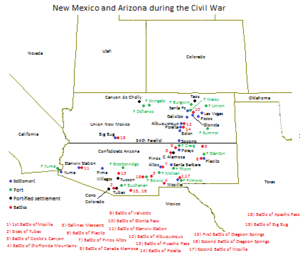
In 1880 the
railroads took over the transportation in New Mexico ending the use of
stagecoaches to carry passengers and the U.S. mail.
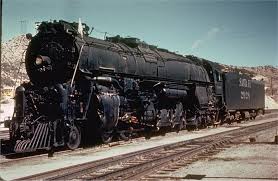
Riding in a Stage
Creeping through the valley, crawling o’er the hill, Splashing through the branches, rumbling o’er the mill, Putting nervous gentlemen in a towering rage. What is so provoking as riding in a stage?
Spinsters fair and forty, maids in youthful charms, Suddenly are cast into their neighbors’ arms; Children shoot like squirrels darting through a cage- Isn’t it delightful, riding in a stage?
Feet are interlacing, heads severely bumped, Friend and foe together get their noses thumped; Dresses act as carpets-listen to the sage; “Life is but a journey taken in a stage.”
— From: Six Horses by Captain William Banning & George Hugh Banning, 1928.